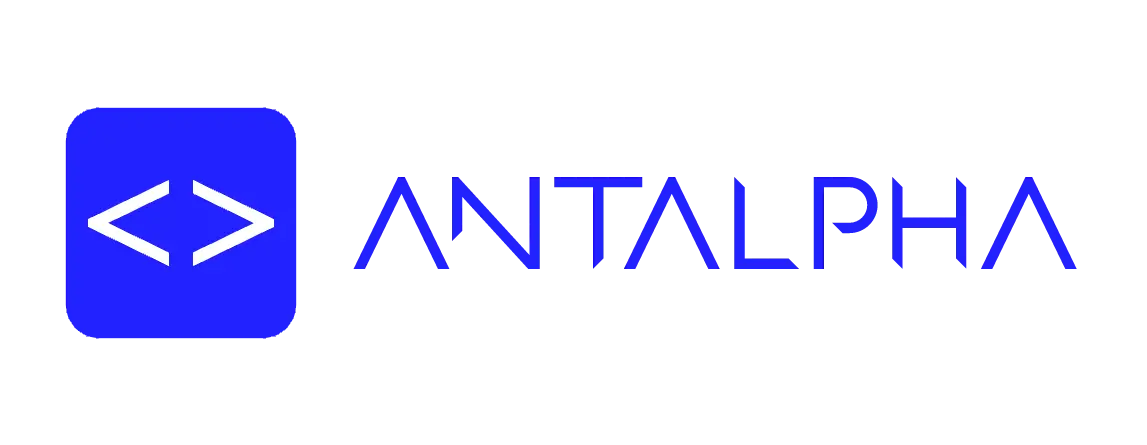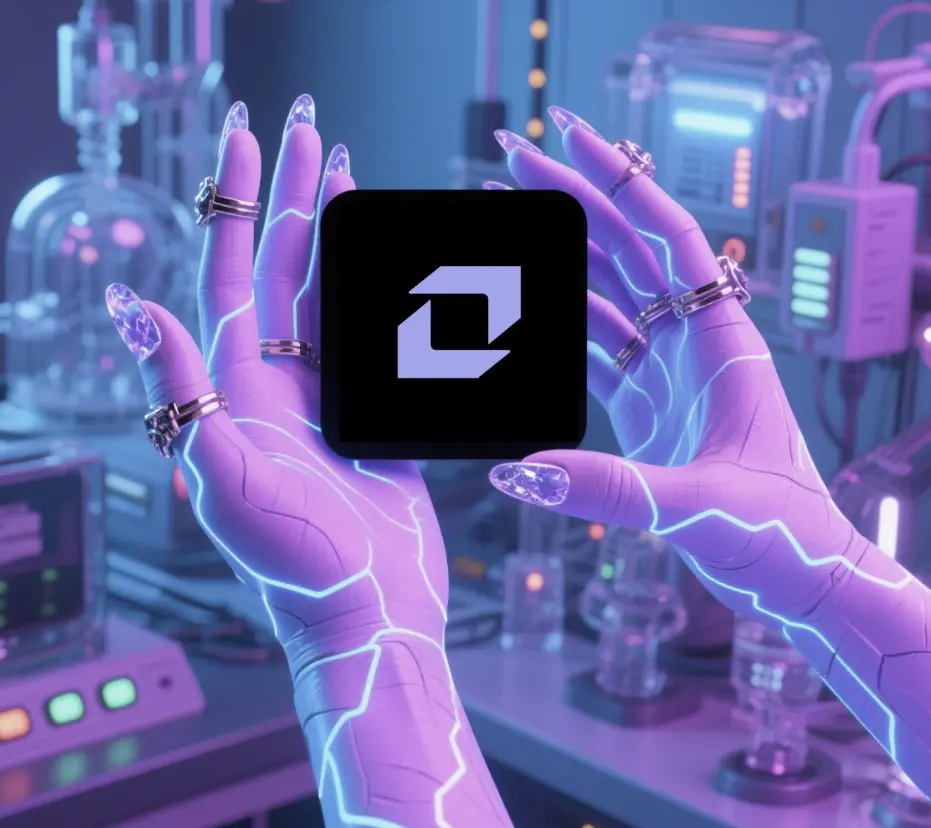An Overview of the General Leverage Protocol Gearbox
Source: Deep Chain Finance
Author: Blaukqin
Gearbox is a universal leverage protocol that allows users to obtain financial leverage on the protocol and freely apply it across various DeFi protocols. Users can even integrate the Gearbox protocol into various DeFi protocols without interacting with the Gearbox interface, providing users with financial leverage functionality and fully utilizing capital efficiency.
Gearbox fully leverages the composability of DeFi, modularizing the leverage function into ready-to-use DeFi Legos. At the same time, the Gearbox protocol is driven by a community DAO, with no VC and no corporate entity, but it has an excellent reputation in the industry, making it worthy of our long-term attention.
Project Overview
Traditional leverage functions, whether on CEX or DeFi, generally involve depositing a certain margin as collateral to establish long or short leveraged positions, merely amplifying our risk asset exposure. However, the funds in this leveraged position cannot be further utilized, failing to fully exploit capital efficiency.
The Gearbox protocol addresses this pain point.
Gearbox is a universal leverage protocol that allows users to obtain financial leverage and freely apply it in a composable manner across various DeFi protocols.
For example, if we use 25 ETH as collateral and take a 5x leverage to go long on ETH, our current risk exposure to ETH would be 125 ETH. If we were on a traditional leverage platform, we would essentially stop here, as we cannot utilize the funds from this leveraged position. However, Gearbox fully utilizes capital efficiency, allowing you to decide on further trading or yield farming strategies with these funds.
The core component of Gearbox is the Credit Account. A Credit Account is essentially an independent smart contract that holds the user's collateral assets and borrowed leveraged assets (for instance, if you use 100 DAI as collateral to borrow 400 DAI, then all 500 DAI will be stored in your DAI asset Credit Account).
This Credit Account also records the account's liquidation threshold and a list of authorized tokens and protocols (to prevent malicious hacker attacks, such as borrowing assets and then purchasing self-issued tokens or interacting with certain malicious protocols). You have the right to use the assets in this Credit Account, allowing you to further trade or yield farm with these assets.
Participants in the Gearbox protocol can be divided into three roles:
• Liquidity Providers (LP): Essentially, this involves depositing assets to earn interest, with specific yields depending on the utilization rate of the asset supply. (Currently, there is a 1% withdrawal fee for LPs, but this is temporary and will be removed in the future.)
• Borrowers: Obtain leverage for shorting, going long, yield farming, and other trading strategies.
• Third-party Liquidators: Check the health factor of Credit Accounts, and if the health factor falls below 1, liquidation is triggered. They can earn a 5% liquidation fee.
Practical Operation & Process
After gaining a basic understanding of the project, we can experience the process of using the Gearbox Credit Account to open leverage.
In theory, each user can enable multiple Credit Accounts, but currently, only four asset types are supported: DAI, USDC, ETH, and WBTC. Here, we will take the USDC Credit Account as an example.

We use 10 USDC as collateral, amplify it with five times leverage, and activate the Credit Account. After confirming the transaction, we will enter Credit Account mode, and we can see that our USDC balance in this Credit Account has increased to 50 USDC.
At the same time, we can also see that we can still use these funds for trading (currently only supporting Uniswap and SushiSwap) or log in to Yearn for yield farming using the Credit Account through WalletConnect. As more protocols are integrated in the future, users will be able to utilize the funds in their Credit Accounts across a wider range of DeFi protocols, fully leveraging capital efficiency.
In fact, the long-term vision of the Gearbox protocol is that users will be able to interact with various DeFi protocols without needing to engage with the Gearbox protocol's interface, allowing easy integration of the Gearbox protocol to provide users with one-click leverage functionality.




Now, let's try to look at the entire protocol's operation process from a more macro perspective.

• Liquidity providers deposit assets into the Pool, and the assets in the Pool can be borrowed by borrowers for use in their Credit Accounts.
• After borrowers activate their Credit Accounts, they deposit initial funds and obtain leveraged funds based on the leverage ratio. Both the initial funds and leveraged funds will be stored in the Credit Account, allowing borrowers to interact with trusted DeFi protocols (trading, yield farming, etc.) using the funds in their Credit Accounts.
• If the health factor of a Credit Account falls below 1, any third-party liquidator can liquidate it. The assets of liquidity providers and corresponding interest will be fully returned to the Pool. Borrowers will incur a 7% liquidation fee penalty, while liquidators can earn 5%, and the protocol receives 2% to flow into the treasury reserve.
• Additionally, the protocol's revenue includes a 1% liquidity exit fee and the interest spread from borrowing, all of which will flow into the treasury reserve. The treasury reserve will serve as insurance against losses in the fund pool, and in case of liquidation failures, the treasury reserve will cover the losses; if that fails, the protocol tokens will be sold.
After understanding the entire protocol's operation process, we can appreciate the core position of the Credit Account.
By adopting the modular design of Credit Accounts, users can directly deploy trading strategies using Credit Accounts, unlike traditional protocols that interact with a single liquidity pool (where user assets are essentially virtual balances), minimizing gas costs.
Moreover, the user's Credit Account is borrowed from the Gearbox protocol (reused after use), so users do not incur gas costs for deployment. The protocol has already facilitated 5,000 Credit Accounts deployed by community users through Credit Account Mining activities.
Token Economics
The Gearbox protocol token is $GEAR, with a total supply of 10 billion, distributed as follows:


Currently, the $GEAR token serves solely as the governance token for the protocol and cannot directly capture the protocol's revenue fees, which flow uniformly into the treasury.
The allocation of airdrop tokens for early testers and Discord members has not yet been decided, and the tokens awarded to Credit Account mining users are currently non-transferable. Therefore, the $GEAR token is not yet tradable on secondary markets. As Gearbox is a community-driven project, related measures will be voted on through snapshot proposals.
Competition, Current, and Future
Current DeFi leverage protocols in the market generally provide relatively singular leverage functions and lack composability, such as:
• Alpha Homora: Focused on leveraged liquidity mining, essentially leveraging several times the collateral on its platform to invest in liquidity mining pools for leveraged liquidity mining.
• Set Protocol: Allows the creation of leveraged token indices, such as ETH 2x, where users can directly purchase these leveraged tokens to gain leveraged positions, but essentially just encapsulates the process of collateralized borrowing to amplify risk exposure.
These types of leverage protocols only leverage localized operations, while the Gearbox protocol directly turns leverage into a function, a ready-to-use module. You simply choose an asset to gain leveraged exposure and then utilize these funds to freely combine your trading strategies.
Currently, the Gearbox protocol is in its initial launch phase, so it only offers leveraged exposure for four assets: ETH, WBTC, DAI, and USDC. The protocols that can interact with Credit Accounts are limited to Curve, Uniswap, Yearn, and SushiSwap. However, with further community advancement, we look forward to a broader range of asset exposures and a trusted protocol list in the future.
The long-term goal of Gearbox is to become a composable leverage protocol that operates invisibly in the backend, allowing users to interact without directly engaging with the protocol interface. Various DeFi protocols can integrate the Gearbox protocol to automatically provide leverage options for users. The leverage function is one of the fundamental needs in the DeFi space, and Gearbox may have the opportunity to support the leverage module within this entire DeFi Lego.
Additionally, the Gearbox protocol has a very clear revenue model. If the protocol matures and generates a good market response in the future, it can sustain a good cash flow income after achieving a decent TVL.











